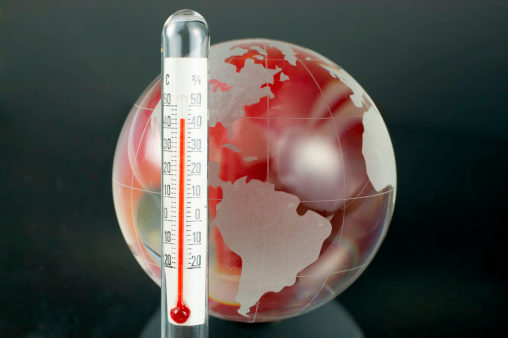The 16th Conference of the Parties of the United Nations Framework Convention on Climate Change (COP16, for short) was held recently in Cancun, Mexico. On this year’s tablet for discussion were various issues that may affect the natural products industry and international trade in general. And while climate delegates from around the world ultimately converged at the tropical resort location, perhaps they should have held the conference on the Maldives for greater resonance.
The Maldives islands, an archipelago in the Indian Ocean, are on the verge of being in very deep trouble. The islands, consisting of low-lying atolls, sit just feet above sea level. As global warming fears began to rise, this location was pointed to as one of the most terrifying prospects amid rising oceans, and the damage seems to be starting. Shoreline gravesites are being washed into the seas, Maldives politicians are pleading for help and analysts around the globe are beginning to ponder the legal and economic ramifications of an entire nation disappearing.
With this backdrop, COP16 was held November 29th through December 11th of last year, and to less fanfare than that of previous incarnations. The 2009 meeting in Copenhagen was heralded as the do-or-die conference, where heads of state had to step up and meet the challenge of global warming. The result was the Copenhagen Accord, a vague, non-binding resolution to continue to seek solutions, and the negotiations ended with general bickering between major parties like the United States and China.
This year’s event was less scrutinized, in part because of the many other issues confronting the global community, but mostly because the public had lowered expectations for these climate talks. But, ironically, this relative inattention may have allowed those parties in attendance to calm down, focus and begin working together to solve the climate crisis.
Aside from the main event—the intractable negotiations on a central climate treaty and binding emissions reduction goals—conference delegates discussed various indirect influences on climate change. One side session, for instance, focused on a new energy labeling program, wherein by the end of next year, many products will be required to have their greenhouse gas content labeled on their packaging.
Every element of the product production line is involved in greenhouse gas emissions. Ramped-up recycling efforts must lead directly into the production of new alternative packaging in order to reduce emissions, experts say. Coca-Cola was a major presence at the conference in this regard, highlighting its recycling solutions and its newly introduced PlantBottle. The PET (polyethylene terephthalate) plastic bottle is made from petroleum-/plant-based materials, with plant material accounting for up to 30% of the total blend. This proves that eco-packaging is the future for the whole market, and not just for the select natural products manufacturers who may have pioneered the trend.
Unfortunately, some observers are of the opinion that market mechanisms are not the answer, so the hope of finding solutions for the climate comes down to government regulation. And, the existing framework for combating climate change may soon disappear: The Kyoto Protocol, which remains unsigned by the United States, expires in 2012. The world will have to wait with bated breath until the next annual summit, COP 17, in Durban, South Africa.
Early returns from this conference indicate that that COP16 in Cancun may be best remembered for addressing deforestation as a major issue in climate change. Essentially, a new paradigm may emerge where rich countries will pay poor countries to develop green economies and to halt the destruction of rainforests, which are crucial for CO2 reuptake. The proposed program, dubbed REDD+ (Reducing Emissions from Deforestation and Forest Degradation), is being called the “shortcut” to reducing CO2 emissions.
Published in WholeFoods Magazine, February 2011 (online 12/20/10)










